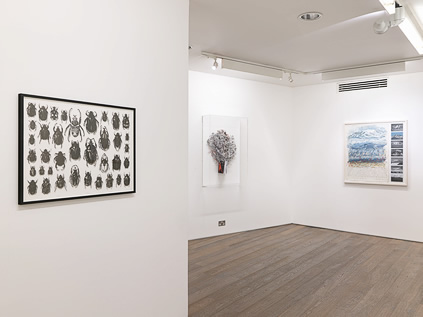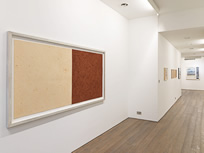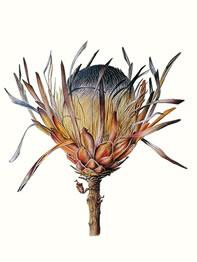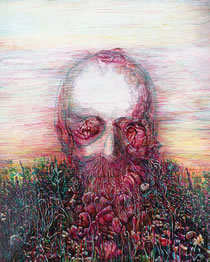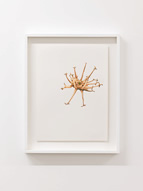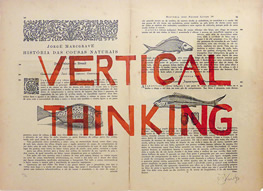Main Gallery
Natural History II: Africa Edition
1 July - 15 August, 2014
Artists
- Gillian Barlow
- Joni Brenner
- Helena Goldwater
- Jake Harvey
- William Kentridge
- Jack Milroy
- Bridget Macdonald
- Karel Nel
- Walter Oltmann
- Georgia Papageorge
- David Price
- Chloe Reid
- Kim Wolhuter
These three simple words Natural/History/Africa immediately evoke powerful, affecting images of every kind of creature, plant form, terrain and climatic condition imaginable. It is small wonder then, that Africa, known as ‘the world’s wildest continent’ inspired the BBC and arguably the world's greatest wild life commentator and film maker, Sir David Attenborough, to launch the amazing series in 2013, titled The Greatest Show on Earth. Covering the Sahara, Uganda, the Congo, the Savannah, the Kalahari and the Cape of Good Hope, significantly, it also addressed the Future.
Last year Art First invited gallery and guest artists to participate in a general exhibition called Natural History. In a show which FT critic Jackie Wullschlager highlighted in her ‘Critic’s Choice’ as light yet serious, it looked at the richly investigative approach artists bring to the subject as a whole. This year, there is a focus on Africa—Southern Africa, more precisely. Steered by Karel Nel and Joni Brenner, both leading lights at Wits University’s School of Fine Arts, fellow South African artists William Kentridge, Walter Oltmann, Georgia Papageorge, Chloë Reid and maverick film maker and photographer, Kim Wolhuter, each offer works which reflect an aspect of natural history which engages them.
Art and Science, methods of documentation and investigation, emotional response and visual subversion all have a role to play. Materials vary; from the red and white ochre gleaned from the Transkei near Nelson Mandela’s village by Nel, to Brenner’s watercolour transparencies depicting skull formations and the soft flesh of her focused Navel Series, or Reid’s multi-plate etchings that compile ways in which information is presented, and Oltmann’s documentation of a naturalist’s collection of Chafer Beetles, to Papageorge’s mixed media notations conveying Mt Kilimanjaro’s fast disappearing glacier—each work has a specific emotional charge of its own.
Botanical recording is a tradition long established in Britain and Gillian Barlow is one of its great exponents currently at work. Her Protea compacta is painted on vellum, with a dried, spiky appearance instead of a plant freshly plucked from its stem—an edgy comment perhaps on drought or man made conditions which threaten swathes of plant life everywhere. Goldwater invents a desert dance for her cartwheeling African Hitchhiker plant, Milroy brings his scalpel to a Kirstenbosch publication of Cape Mountain Flowers, and there are elements of surprise too.
The gathering of art works here merely hints at a more extensive practice that underpins singular images, but together they present visually stimulating challenges to our role as custodians of this earth, serving to remind us of the infinite pleasures yielded by the natural environment, which we need to defend and protect, yet so easily take for granted.
